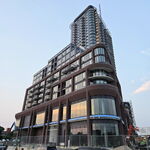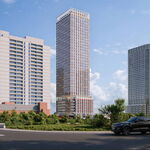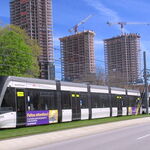nfitz
Superstar
They should indeed meet scheduled levels.I never have to wait for multiple cars but the wait times are much more than the scheduled levels. So I feel my complaint was legitimate, and this has been echoed by others (including Steve Munro on Twitter). Splitting the 510 into two branches, one stopping at QQ and the other at Union should be a good compromise; how can this be communicated to the TTC is my next question.
Though I'd give them a bit of a pass until they get 3 or 4 more Flexities in service, so that they can end the QQ short-turning by the ALRVs, and see how this new schedule (it's only 3-days old - I don't think there'd been a major 510 AM peak change before that for many months) works.
Perhaps extending to Queens Quay at all times is the solution - though tough to do given how many streetcars they are current short of for peak service.




